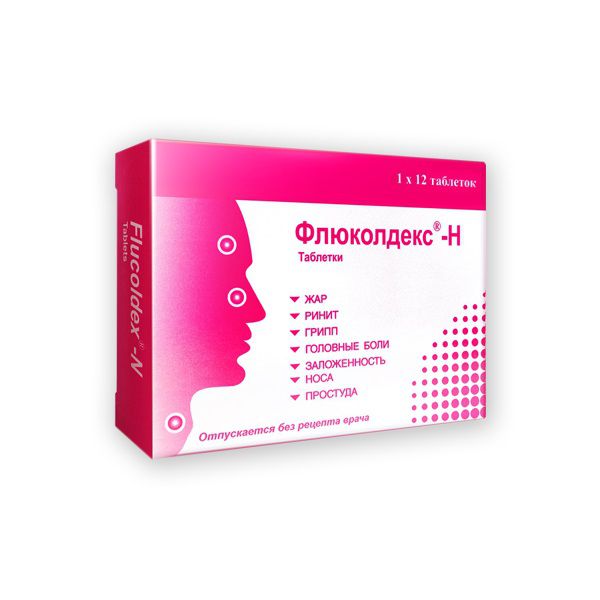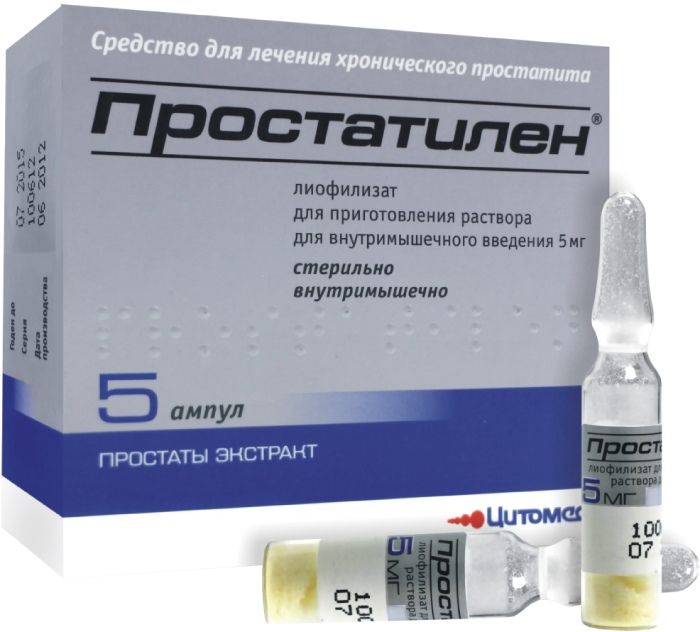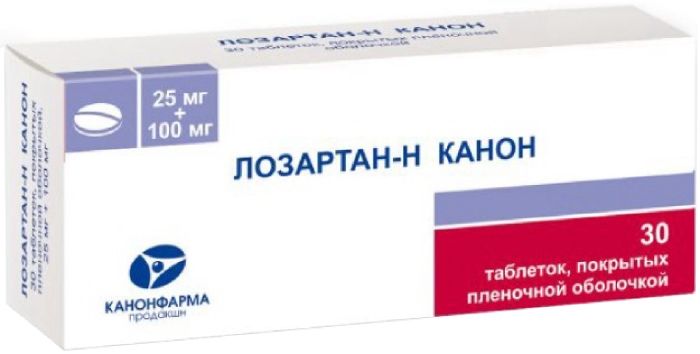- No products in the cart.
Tamsulosin-vertex caps. 30 pcs prolong 0.4mg
$13.84
Tamsulosin-vertex caps. 30 pcs prolong 0.4mg
Description
Composition
Active substance:
1 capsule contains: tamsulosin hydrochloride – 0.4 mg.
Excipients:
Sugar spheres (-99% sucrose, hypromellose, 1%) – 190.0 mg methacrylic acid copolymer, 4.8 mg, 4.0 mg, ethylcellulose, polyethylene glycol, 0.8 mg].
hard gelatine capsules: titanium dioxide, 1.0%, yellow iron oxide (iron oxide) -0.27%, patented blue dye, 0.015% gelatin, and 100%.
Description:
Hard gelatin capsules number 3 green. Contents of capsules – pellets of white or nearly white.
Product form:
Capsules with sustained release 0.4 mg. 10, 15, 18 or 20 capsules in blisters of PVC film and aluminum foil. 30, 60 or 90 capsules in a bank of high-density polyethylene. 1, 3 or 6 contour cell packs of 10 capsules, 2, 4 or 6 contour cell packs of 15 capsules, 5 contour cell packs of 18 capsules, 3 blisters with 20 capsules, or a bank together with instructions for use in a pack of cardboard.
Contraindications
Increased sensitivity to tamsulosin or other components of the formulation; orthostatic hypotension (including history); severe hepatic impairment; glucose-galactose malabsorption; deficit sucrase / isomaltase; fructose intolerance; Children up to age 18 years.
Precautions severe renal impairment (creatinine clearance less than 10 mL / min); hypotension.
Dosage
0.4 mg
Indications
Treatment dizuricheskih disorders in benign prostatic hyperplasia.
Interaction with other drugs
When assigning tamsulosin with atenolol, enalapril, theophylline, nifedipine and drug interaction was observed.
With simultaneous use of tamsulosin with cimetidine was a slight increase in the concentration of tamsulosin in blood plasma, furosemide, reduced concentration, but it does not require dose adjustments, since the concentration of tamsulosin remains within the normal range.
Diazepam, propranolol, trichloromethiazide, chlormadinone, amitriptyline, diclofenac, glibenclamide, simvastatin and warfarin does not alter the free fraction of tamsulosin in vitro in human plasma. In turn, tamsulosin also serves free fractions of diazepam, propranolol, trichlormethiazide and chlormadinone.
Diclofenac and warfarin may increase the rate of excretion of tamsulosin.
In in vitro studies have not revealed interaction on the level of hepatic metabolism with amitriptyline, salbutamol, glibenclamide and finasteride.
Simultaneous administration of tamsulosin with potent inhibitors of CYP3A4 isoenzyme may lead to increased concentrations of tamsulosin. Simultaneous administration of ketoconazole (a potent inhibitor of isozyme CYP3A4) resulted in an increase in the area under the pharmacokinetic curve (AUC) and maximum concentration (Cmax) of tamsulosin in 2.8 and 2.2 times, respectively.
Tamsulosin should not be administered in combination with potent inhibitors of CYP3A4 isoenzyme in patients with impaired metabolism of CYP2D6 isozyme. The drug should be used with caution in combination with the strong and moderate inhibitors isoenzyme CYP3A4.
Simultaneous administration of tamsulosin and paroxetine, a potent inhibitor of isozyme CYP2D6, resulting in an increase in Cmax and AUC of tamsulosin in 1.3 and 1.6 times, respectively, but this increase is considered clinically significant.
The simultaneous use of tamsulosin with other alpha-1 blockers can result in reduced blood pressure.
Overdose
There are no reported cases of acute drug overdose.
The most likely symptoms
Marked reduction in blood pressure and a compensatory tachycardia.
Treatment
Symptomatic. Blood pressure and heart rate can be restored at the adopting patient horizontal position. If no effect is possible to apply means which increase blood volume, and, if necessary, vasoconstrictors. It is necessary to monitor renal function. Hemodialysis is impractical because tamsulosin is largely bound to plasma proteins. To prevent further absorption of the drug expedient gastric lavage, activated charcoal or osmotic laxative, such as sodium sulfate.
pharmachologic effect
Pharmacological group:
Alpha1-blocker.
Pharmacodynamics:
Tamsulosin is a specific blocker of postsynaptic alpha1-adrenergic receptors located in the smooth muscle of the prostate, bladder neck and prostatic urethra. The blockade of alpha-1 adrenoceptors tamsulosin reduces the tonus of the smooth muscles of the prostate, bladder neck and prostatic urethra and improve urine flow. Simultaneously, the severity of symptoms of filling and emptying, due to increased smooth muscle tone of the detrusor hyperactivity and benign prostatic hyperplasia. The ability to influence the tamsulosin alfa1A adrenoreceptor subtype is 20 times greater than its ability to interact with adrenoceptor subtype alfa1B which are located in vascular smooth muscle. Due to their high selectivity tamsulosin does not cause a clinically significant decrease in systemic blood pressure (BP) both in hypertensive patients and in patients with normal blood pressure source.
Pharmacokinetics:
Suction
Tamsulosin is well absorbed in the gut and has almost 100% bioavailability. Absorption of tamsulosin slows down somewhat after a meal. The same level of absorption can be achieved if the patient takes the drug each time, after the usual breakfast. Tamsulosin is characterized by linear kinetics. After a single dose of the drug into a dose of 0.4 mg of its maximum concentration in blood plasma obtained 6 hours. After repeated oral formulation in a daily dose of 0.4 mg of the equilibrium concentration achieved by the 5th day, and its value is 2/3 higher than the value of the parameter after a single dose.
Distribution
Binding to plasma proteins – 99%, the volume of distribution is small (about 0.2 l / kg).
Metabolism
Tamsulosin slowly metabolized in the liver with the formation of less active metabolites. Most of tamsulosin represented in the blood plasma in unchanged form.
In experimental studies revealed ability tamsulosin slightly induce the activity of microsomal liver enzymes. At low and moderate hepatic failure is not required dosing regime correction.
breeding
Tamsulosin and its metabolites are excreted mainly by the kidneys, with about 9% of the dose is excreted unchanged form.
The half-life at the single dose 0.4 mg of tamsulosin after a meal is 10 hours, after multiple administration – 13 hours.
In renal insufficiency, no dose reduction is required. If the patient has severe renal failure (creatinine clearance less than 10 mL / min) tamsulosin assignment must be done with caution.
Pregnancy and breast-feeding
The drug is intended for use only in males.
Conditions of supply of pharmacies
Prescription.
side effects
The frequency of side effects is classified according to the recommendations of the World Health Organization: very common:> 1/10 (> 10%); often from 1/100 to 1/10 (> 1% and 0.1% and 0.01%, and
Cardio-vascular system: rarely – palpitations, orthostatic hypotension; the frequency is unknown – atrial fibrillation, arrhythmia, tachycardia, shortness of breath.
On the part of the gastrointestinal tract: rarely – constipation, diarrhea, nausea, vomiting.
From the nervous system: often – dizziness; rarely – headache; rarely – swoon.
Reproductive system: often – abnormal ejaculation; very rarely – priapism.
On the part of the respiratory, thoracic and mediastinal disorders: rarely – rhinitis.
Skin and subcutaneous tissue: rare – rash, pruritus, urticaria; rarely – angioedema; very rarely – Stevens-Johnson syndrome; frequency is unknown – erythema multiforme, exfoliative edema.
Violation of general condition: rarely – fatigue.
Other: rarely – fatigue; frequency is unknown – intraoperative instability iris (pupil narrow syndrome) during surgery for cataracts and glaucoma, epistaxis.
special instructions
As with other alpha-1 adrenoceptor antagonists, in the treatment of tamsulosin in some cases it may be observed decrease in blood pressure, which can sometimes lead to fainting. At the first signs of orthostatic hypotension (dizziness, weakness) the patient must sit or lie down and to remain in this position as long as the symptoms disappear.
Before initiation of therapy with tamsulosin to rule out other diseases of the patient, which can cause the same symptoms as benign prostatic hyperplasia.
Before beginning treatment and at regular intervals during treatment should be performed digital rectal examination and, if appropriate, determination of prostate specific antigen (PSA).
Treatment tamsulosin patients with severe renal failure (creatinine clearance less than 10 mL / min) requires care, because Studies in these patients has not been conducted.
Some patients taking or previously treated with tamsulosin during the surgical procedures for cataract or glaucoma may develop intraoperative iris instability eye syndrome (narrow pupil syndrome), which can lead to complications during surgery or in the postoperative period. The advisability of therapy with tamsulosin 1-2 weeks prior to surgery for cataracts or glaucoma has not been proved. Cases intraoperative iris instability eyes occurred in patients who stopped taking the drug and in earlier timing before the operation. It is not recommended to start therapy with tamsulosin in patients scheduled for cataract surgery and glaucoma. During the preoperative evaluation of patients surgeon and ophthalmologist should consider taking or whether the patient is taking tamsulosin. It is necessary to prepare for the possible development of the operation, intraoperative iris syndrome instability eyes.
In the case of angioedema should stop therapy with immediately. Reappointment of tamsulosin is contraindicated.
In renal failure, as well as mild to moderate hepatic impairment dosing regime is not required correction.
Effects on ability to drive vehicles and mechanisms
Studies on the effect of tamsulosin on the ability to drive vehicles and mechanisms conducted. But, given the possibility of dizziness, caution should be exercised when driving or busy with other potentially hazardous activities that require high concentration and psychomotor speed reactions.
Storage conditions
In the dark place at a temperature not higher than 25 C.
Keep out of the reach of children.
Dosing and Administration
Inside.
tamsulosin capsules should be taken after breakfast, without chewing, drinking plenty of water. The drug take 1 capsule (0.4 mg), 1 time per day.
Information
Appearance may differ from that depicted in the picture. There are contraindications. You need to read the manual or consult with a specialist
Additional information
| Weight | 0.100 kg |
|---|---|
| Manufacturer | VERTEX |














There are no reviews yet.